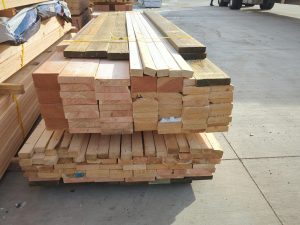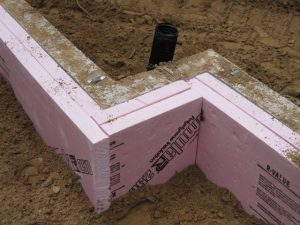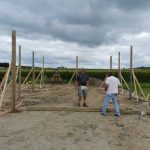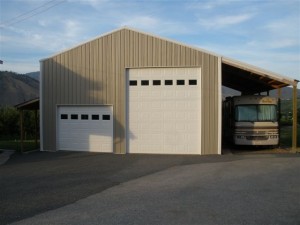The following article first appeared in JLC (jlconline.com)
Q: Recently I needed structural design values (E, Fb, Fv) for treated southern yellow pine. According to the Southern Pine Council’s (southernpine.com) latest design values, SYP’s E (modulus of elasticity) and Fv (allowable shear stress) remain constant, while F (bending strength) values grow smaller as the lumber dimension grows larger. why does the Fb change with the lumber size?
A: Frank Woeste, P.E. a professor emeritus and adjunct professor of sustainable biomaterials at Virginia Tech, responds:
 The phenomenon that the allowable Fb value decreases as the depth increases has been proven by extensive testing. The current span tables–for all lumber species–reflect that testing. As to why it is so, there is no conclusive answer, but several theories have been offered. My own theory is based on probability–under ASTM test protocols, more knots and other imperfections are likely to occur in wider pieces of lumber.
The phenomenon that the allowable Fb value decreases as the depth increases has been proven by extensive testing. The current span tables–for all lumber species–reflect that testing. As to why it is so, there is no conclusive answer, but several theories have been offered. My own theory is based on probability–under ASTM test protocols, more knots and other imperfections are likely to occur in wider pieces of lumber.
In the ASTM test for determining allowable Fb, a wood joist is subjected to stress until it breaks. The test standard requires a span-to-joist ratio of 17. For a 2×6, the test joist is 93.5 inches long (5.5 in. x 17), while a sample 2×12 would be 191.25 inches long (11.25 in. x 17). In the test, only the center third of the span is subjected to the full stress level. For a 2×6, this would be 31.2 inches long; for a 2×12, the middle third is 63.75 inches long.
Knots and other natural characteristics control the strength of lumber, for each grade, there is a maximum allowable knot size. If you look at a piece of pine lumber, you’ll notice the knots are usually clustered a couple of feet apart. Based on typical frequency of knots, it’s likely that there will be more knots in a 63.75 inch section than in a 31.2-inch section, and more likely that the maximum allowable knot will occur in the longer section. So in the test, a 2×12 is more likely to fail at a relatively lower stress level than a 2×6.









